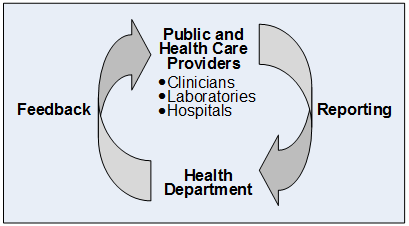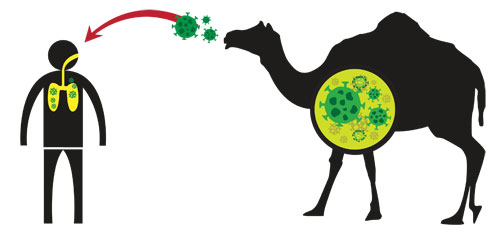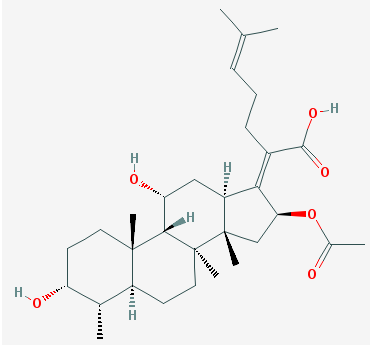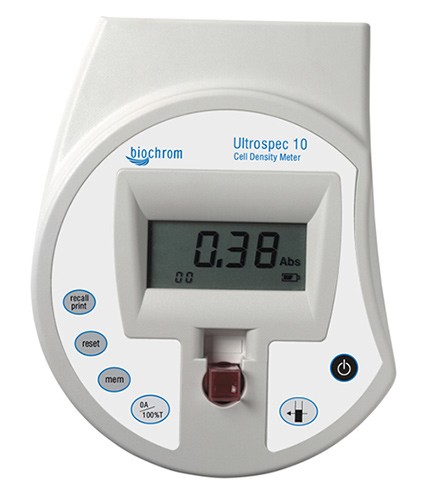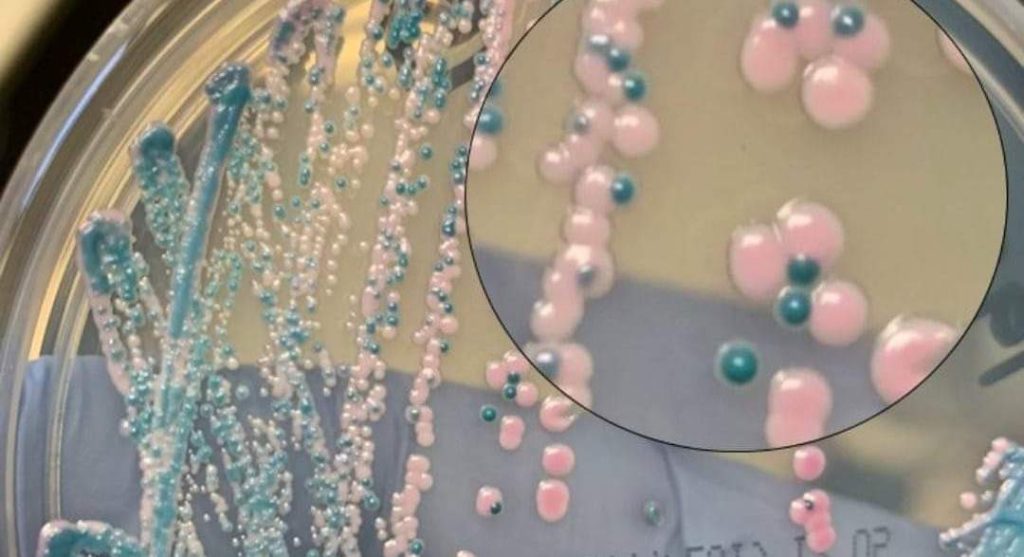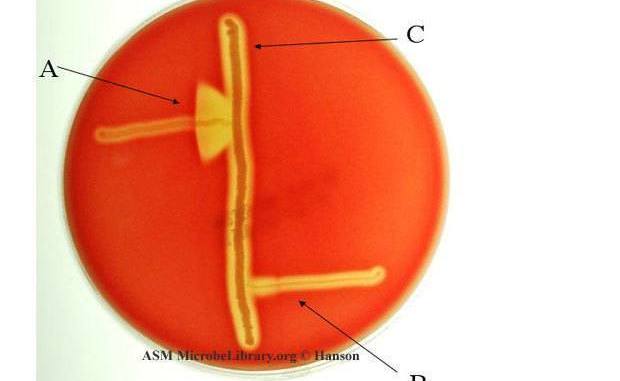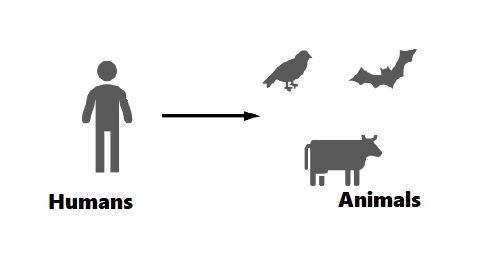Core Epidemiologic Functions
In the mid-1980s, five major tasks of epidemiology in public health practice were identified. These major tasks of epidemiology in public health practice include: 1. Public health surveillance, 2. Field investigation, 3. Analytic studies, 4. Evaluation, and 5. Linkages. A sixth task is policy development, which was recently added as a major task of epidemiology […]
Core Epidemiologic Functions Read More »
Epidemiology
